Finding mould amongst your lovely clean clothes is never a pleasant discovery. Mould can be stubborn and it’s important to be sure to eradicate it completely, or it will swiftly return.
Mould can have various unpleasant effects on our health if we breathe it in for extended periods of time, so it is imperative that you keep an eye on all areas of your home, including places you wouldn’t normally check for mould.
Here are a few handy ways to remove mould, as well as to prevent it from coming back.
How to Remove the Mould that Has Already Gathered
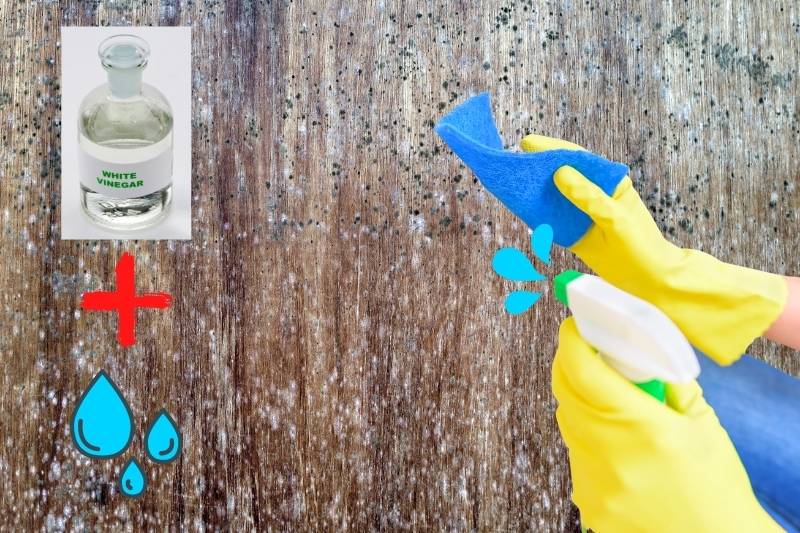
Try to make sure that the room where you find the mould has been cordoned off so that the spores do not spread any further into your house while you are in the process of removing the mould from your wardrobe.
It would not be advised to use any products that contain bleach in this case as your clothes will be adversely affected by the harsh chemicals.
Half water and half vinegar mixed in a spray bottle is a trustworthy method for properly removing mould from areas where you don’t want to risk damage to fabric or wood.
Spray the solution onto the affected areas and then wipe the space carefully with a cloth. This should remove any visible mould on the surface.
Mould spores could still be an issue though as they could have been disturbed in the process and may be floating invisibly in the area or still attached to the walls of the wardrobe.
Try spraying undiluted vinegar on the areas where the mould had been growing and leave the product for about 30 minutes.
Next, you can rinse the areas of your wardrobe where the mould was found with cold water before drying it off with a dry cloth. Ideally, all the mould spores will have been destroyed in the process.
How to Prevent the Mould in Wardrobes
1. Never put damp clothing into your wardrobe

It is essential to make sure that your clothing is fully dry before you put it back into your wardrobe. Any hint of dampness is going to give mould an excellent opportunity to grow and then to spread.
Leave your clothes out drying for longer than normal if the weather is wet or humid and try drying them near radiators or open windows if they cannot be dried outdoors or in a tumble dryer.
2. Make sure there is no condensation anywhere in your wardrobe
This may not always be as simple as it sounds. It is important to try to figure out where exactly the condensation is coming from. If it appears to be coming from the walls, try moving the wardrobe forward so that it is no longer touching the wall.
If your wardrobe is in a particularly humid room, it could be a good idea to investigate ways to bring down the humidity levels in that space. A dehumidifier could have beneficial effects on your health, as well as helping to stop any mould from returning to your clothing.
You could also try keeping windows and doors open when you can and ensuring that a breeze is flowing through this space as much as possible.
Ventilation is a key factor in preventing mould, and if you can’t keep household doors open, try to at least leave the wardrobe doors ajar. You could also invest in a fan that will keep a steady flow of air in the area.
3. Try not to put too many items of clothing into the wardrobe
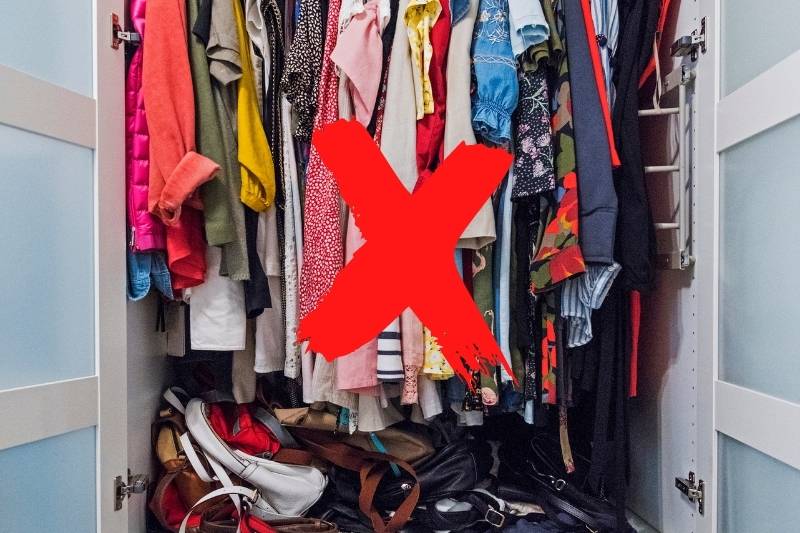
If you find that mould is a persistent issue in your wardrobe, you could try removing a few items of clothing. The airflow through your wardrobe will be much lower if the clothes are too close together.
In addition, if the wardrobe is too full, it will be easier for the mould spores to move from one item of clothing to the next. Try spreading things out a little more until you have fully solved the problem.
4. Dry any dampness in the room
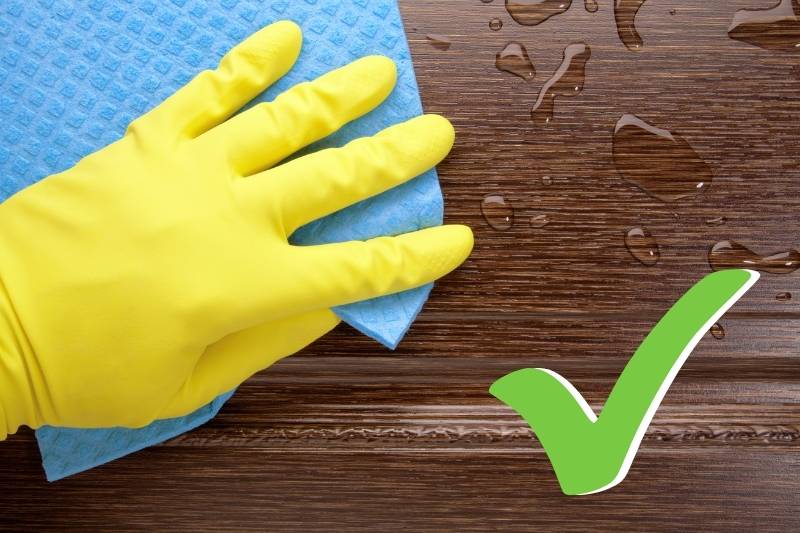
If any areas in the room where you keep your wardrobe become wet or damp, remove the wardrobe from the space if possible until the area is dry.
If you cannot physically move the wardrobe, do your best to fully dry and ventilate the space as quickly as possible, ideally before any mould has the chance to grow. Keep the space more ventilated than usual for a few days until you are sure that everything has dried completely.
5. Keep a close eye on shoes, leather garments, and bags
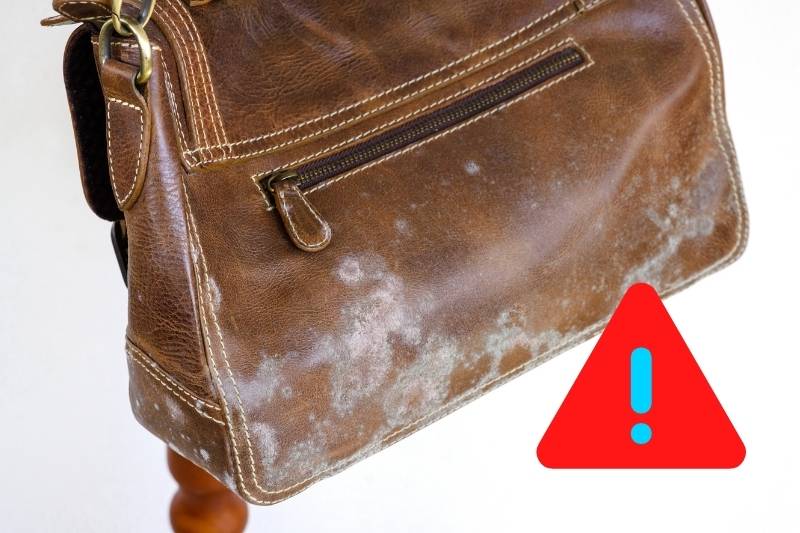
Mould tends to spread more easily on shoes, especially where traces of human sweat can be found, as well as on leather items. If you are keeping these items in the bottom of your closet, it is likely that mould will find its way to them first.
Dampness tends to start at the bottom of the wardrobe as it usually originates from the floor. The best solution to prevent mould from spreading in your shoes or on leather items would be to move them all to the top shelf of your wardrobe and keep the floor clear and free of clutter.
6. Add vent plates
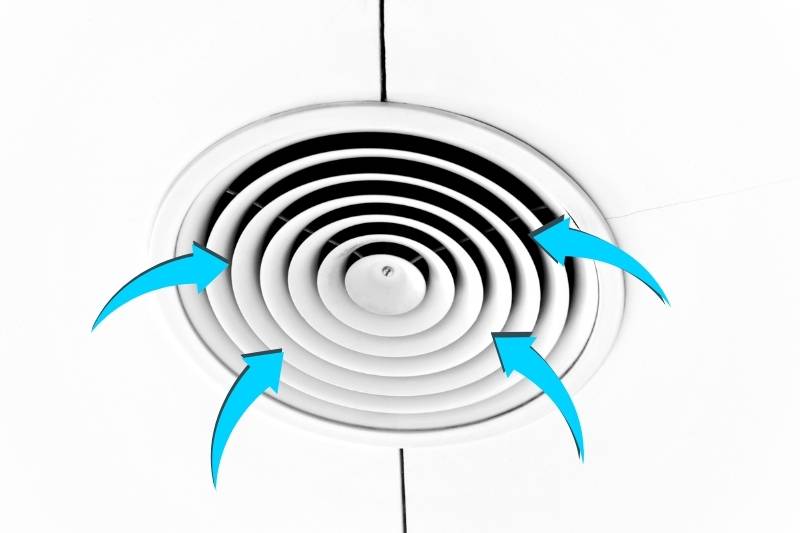
If you find that the mould keeps reoccurring in your wardrobe, no matter how many times you feel like you have fully eradicated it, you may want to consider adding a vent plate to the top and bottom of your wardrobe.
Vent plates will allow for air to flow properly through your wardrobe so that it has proper ventilation, making it much harder for mould to thrive!
You can also consider fitting an extractor unit into the wall of the room, which will help overall airflow and will remove much of the humidity and condensation from the room. This means less dampness and therefore a much lower chance of mould.
Conclusion
An outbreak of mould in your wardrobe is a concerning and unpleasant discovery, but following the advice listed above is the best way to ensure that any further spreading of this dangerous and stubborn fungus is prevented before it can even begin. Use a mould remover spray to remove any mould that has already accumulated.

An adventurous book lover with an animal obsession and a proclivity for travel and spontaneity. Used to passionately despise cleaning but has grown to enjoy it thanks to learning all the best tricks and shortcuts to guaranteeing a stress-free routine and a spotless home.






